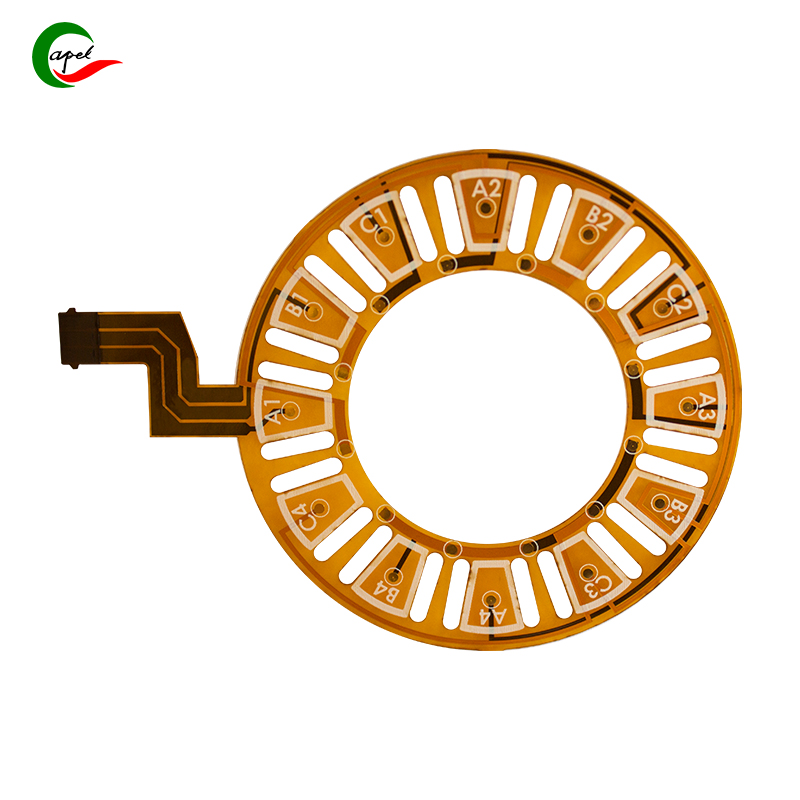Date: 2025-10-14
Flex PCB Impedance Control: The Real Impact of 0.01mm Thickness Variations
Let me share some hard-won insights about a problem that consistently troubles high-frequency flex PCB designs: how minor substrate thickness variations can derail your impedance control. Through extensive testing and collaboration with manufacturers, we've quantified what 0.01mm thickness deviation actually means for your signal integrity.
Why That Tiny 0.01mm Variation Actually Matters
In impedance-controlled flex circuits, we're dealing with incredibly tight margins. The substrate thickness directly affects the electromagnetic field distribution between your trace and reference plane. When the dielectric material thickens or thins even slightly, it changes this field distribution - and your impedance follows.
Here's what many engineers underestimate: flex materials are thin to begin with. A 0.01mm shift in a 0.05mm substrate represents a 20% change in the critical dielectric dimension. That's not a minor adjustment - it's a fundamental alteration of your transmission line geometry.
Quantifying the Impedance Shift: Real Data
Based on our impedance testing across hundreds of flex boards, here's what we consistently observe:
For a typical 50-ohm microstrip line on 0.05mm polyimide:
A +0.01mm thickness increase drops impedance by 1.5-2 ohms
A -0.01mm thickness decrease raises impedance by similar amounts
The effect becomes more pronounced with thinner substrates. On 0.025mm material, that same 0.01mm deviation can cause 2.5-3 ohm shifts because you're changing the fundamental structure by 40%.
Key Factors That Magnify the Problem
Not all designs suffer equally from thickness variations. Three factors significantly influence sensitivity:
Dielectric Constant (Dk) Matters More Than You Think
High-Dk materials (like some polyimides at 4.5) show greater sensitivity to thickness changes. The electric field concentrates more in the dielectric, so thickness variations have amplified effects. We recently tested identical geometries on Dk=3.8 and Dk=4.5 materials - the higher Dk substrate showed 15% greater impedance shift for the same thickness variation.
Transmission Line Architecture Changes Everything
Microstrip designs are significantly more vulnerable than stripline. In stripline configurations, the electric field splits between two dielectric layers, providing some compensation when one layer varies. Our testing shows stripline impedance shifts are typically 40-50% lower than microstrip for identical thickness deviations.
Original Thickness Sets Your Sensitivity
Thinner materials have higher sensitivity, as we've discussed. But there's a secondary effect: thinner materials also have larger relative thickness tolerances from manufacturers. That 0.01mm variation represents a much larger percentage of your total dielectric height.
Practical Strategies for Managing Thickness Variations
After dealing with impedance failures on several projects, we've developed these approaches:
Know Your Manufacturer's Actual Capability
Don't just accept spec sheet values. We now request historical process control data for dielectric thickness from potential suppliers. The difference between "theoretical" and "actual" thickness control can be surprising.
Implement Pre-Production Verification
We've started measuring dielectric thickness ourselves when projects demand tight impedance control. Using calibrated micrometers, we spot-check materials before they enter production. Catching a 0.015mm deviation early prevents much more expensive problems later.
Design with Realistic Tolerances
For applications requiring better than ±1 ohm control, we now automatically consider stripline configurations or explore alternative materials with better thickness control, even at higher cost. The alternative - dealing with yield losses - is invariably more expensive.
The Bottom Line
That 0.01mm thickness variation you might be dismissing as insignificant typically causes 1-3 ohm impedance shifts in flex circuits. For high-speed designs with ±1 ohm requirements, this can be catastrophic. The impact worsens with thinner materials, higher Dk values, and microstrip configurations.
Smart designers now treat dielectric thickness as a critical variable rather than a fixed parameter. By understanding these relationships and implementing proper controls, you can avoid the impedance surprises that plague so many flex PCB projects.
related link:
Capel manufacturing PCBs since 2009. Professional technology and high-precision Printed Circuit Boards involved in Medical, IOT, UAV, Aviation, Automotive, Aerospace, Industrial Control, Artificial Intelligence, Consumer Electronics etc..